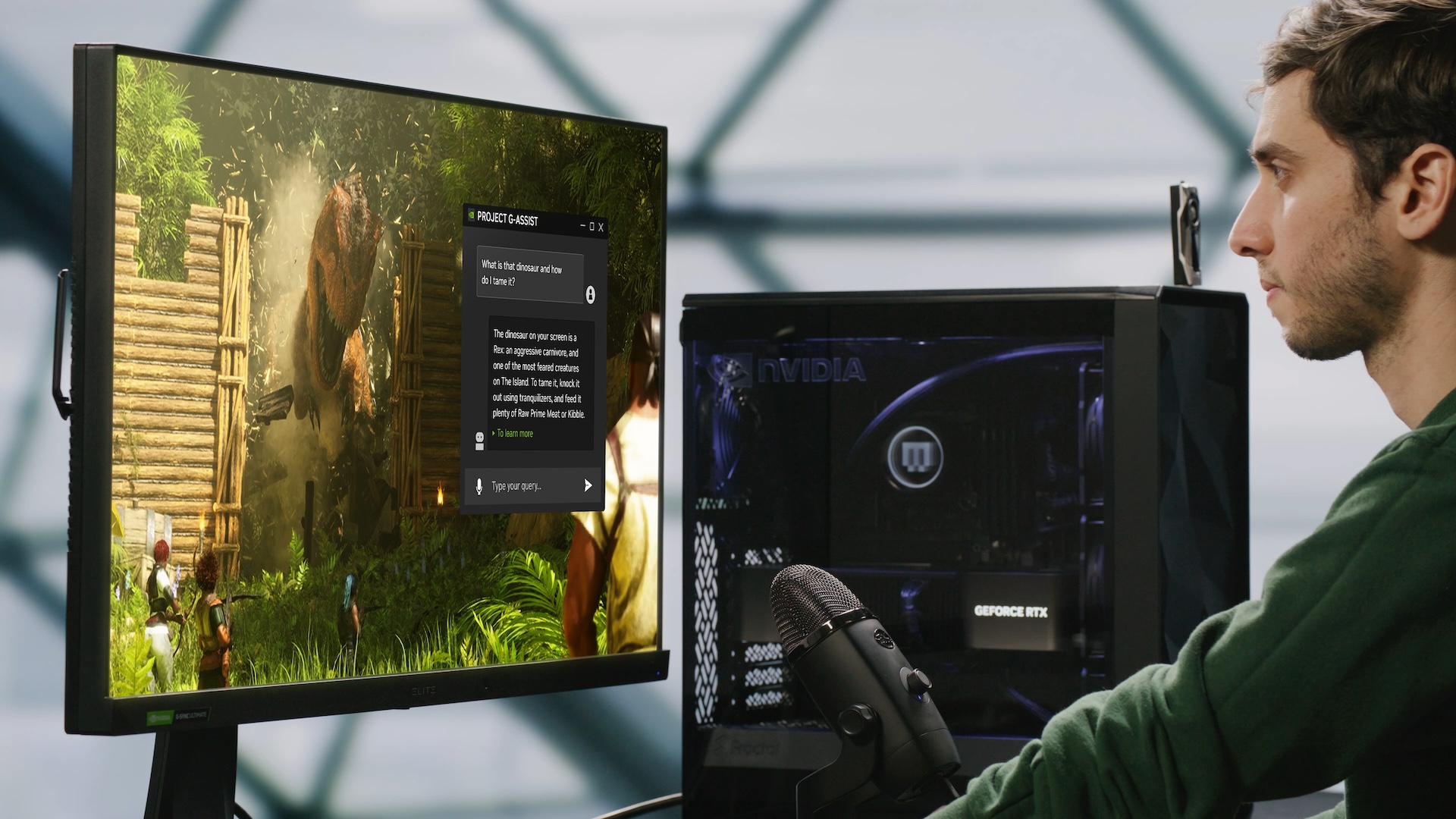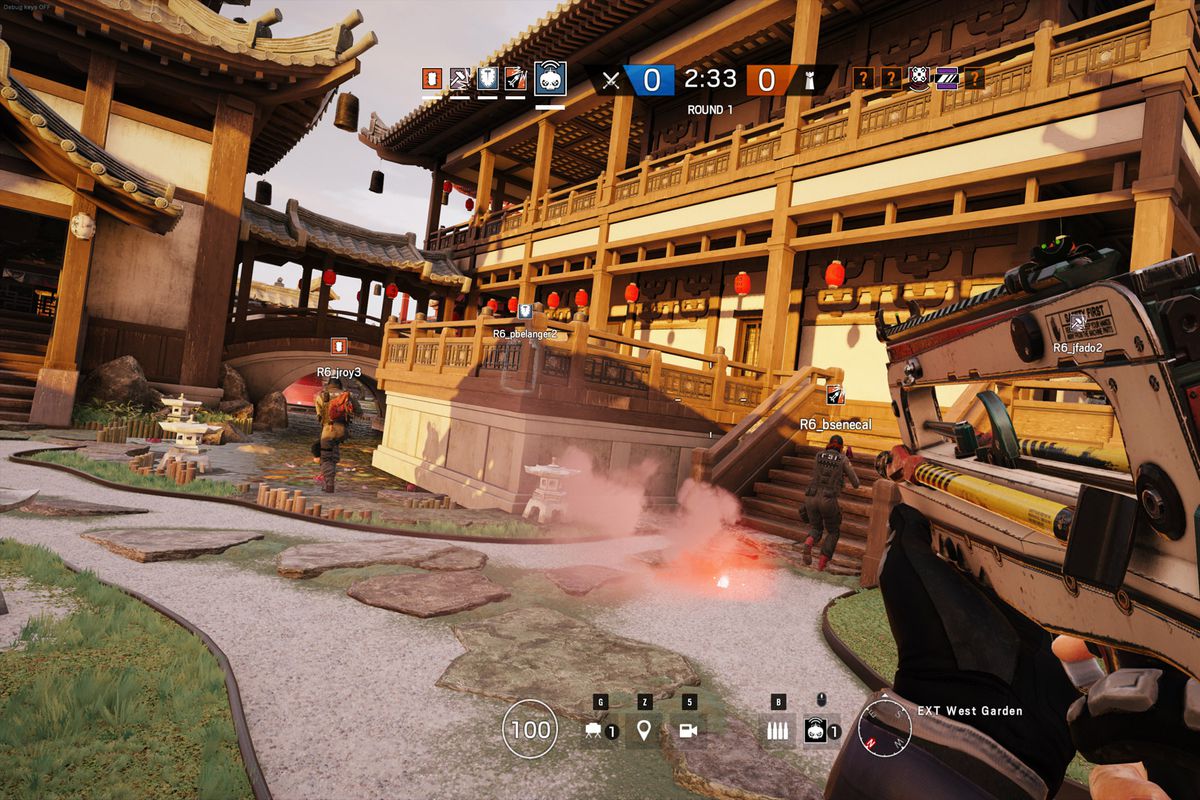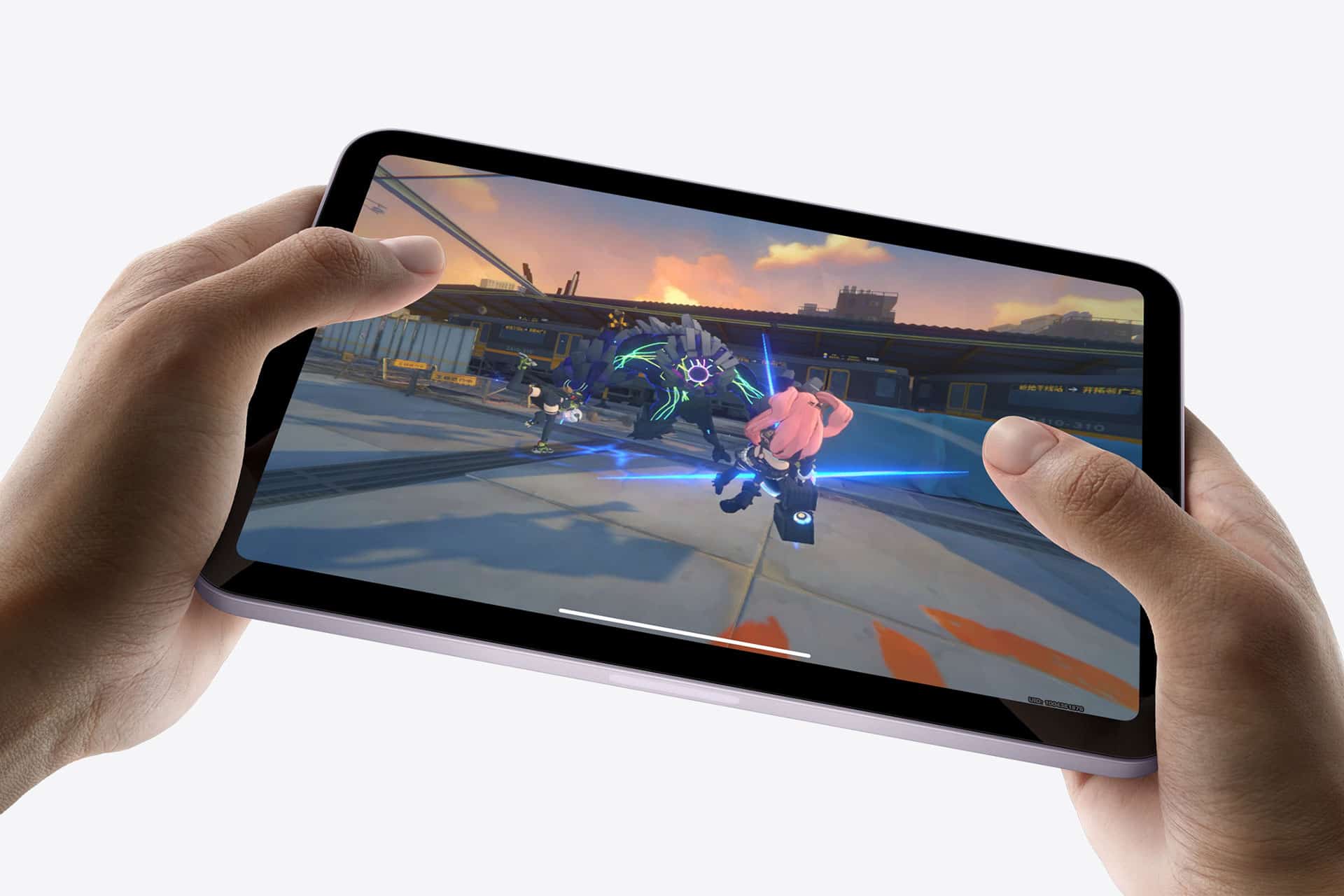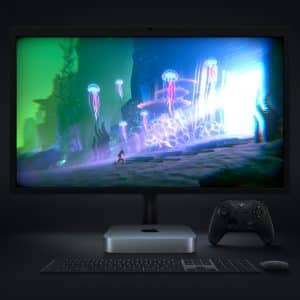Let’s explore whether these budget-friendly options are truly worth it, highlighting their strengths, limitations, hidden costs, and practical tips to make the most of them.
Value for Money – What Can You Expect?
Entry-level gaming laptops, typically priced between $600 and $1,200, offer a cost-effective entry point into PC gaming. These machines are generally equipped with mid-range processors, such as Intel Core i5 or AMD Ryzen 5, and GPUs like NVIDIA’s GTX 1650 or RTX 3050. This hardware configuration is sufficient for running many games at 1080p resolution with medium to high settings, providing a satisfactory experience for casual gamers.
However, it’s important to recognize the inherent trade-offs in this price bracket. While these laptops can handle less demanding or older titles smoothly, they may struggle with newer, resource-intensive games, often requiring settings adjustments to maintain playable frame rates. The build quality and cooling in budget models might not match those of higher-end counterparts, potentially affecting performance during extended gaming sessions.
The value of an entry-level gaming laptop really depends on individual gaming preferences and expectations. For those primarily engaged in casual or less demanding games, these laptops offer a balanced mix of affordability and performance. Gamers seeking to play the latest AAA titles at high settings may find that investing in a more powerful system better aligns with their performance requirements.

Hidden Costs of Budget Gaming
While entry-level gaming laptops offer an affordable gateway into the gaming world, they often come with hidden costs that can diminish their initial appeal. One significant concern is thermal management. Budget models frequently lack advanced cooling systems, leading to overheating during extended gaming sessions.
This not only affects performance but can also reduce the lifespan of internal components, potentially necessitating repairs or replacements sooner than anticipated. Investing in external cooling solutions, such as cooling pads, becomes an additional expense to maintain optimal performance.
Another hidden cost is the limited upgradability of budget gaming laptops. Many entry-level models come with soldered components, making it challenging or impossible to upgrade RAM or storage. This limitation can lead to performance bottlenecks as games and applications become more demanding, ultimately requiring the purchase of a new laptop sooner than expected. In contrast, higher-end models often offer greater flexibility for upgrades, potentially extending their usability and providing better long-term value.
Budget gaming laptops may also come with lower-quality displays and peripherals, impacting the overall gaming experience. For instance, screens with limited color accuracy and low refresh rates can detract from visual performance, while subpar keyboards and trackpads may hinder gameplay.
Upgrading these components through external monitors, keyboards, or mice adds to the overall cost. So, when considering an entry-level gaming laptop, it’s crucial to account for these potential hidden expenses to make an informed purchasing decision.

The Casual Gamer’s Perspective
For casual gamers, entry-level gaming laptops present a compelling balance between performance and affordability. These devices are well-suited for popular casual game genres, such as puzzle and arcade games, which are among the most favored worldwide. Given that casual games typically have lower system requirements, these laptops can deliver smooth gameplay without necessitating high-end hardware.
The portability of gaming laptops for casual gamers allows them to enjoy their favorite titles across various settings, whether at home or on the go. This flexibility aligns with the gaming habits of many players who prefer short, engaging sessions during breaks or commutes. For those whose gaming preferences lean towards less demanding titles, entry-level gaming laptops offer a practical and cost-effective solution that meets their entertainment needs.

Longevity & Upgradability
The longevity of entry-level gaming laptops is generally shorter compared to their mid-range or high-end counterparts. On average, budget gaming laptops are expected to last between 2 to 3 years before performance issues become noticeable. This reduced lifespan is often due to the use of lower-quality components and less efficient cooling systems, which can lead to overheating and accelerated wear over time.
Upgradability is another critical factor influencing the lifespan of these devices. As mentioned, many entry-level gaming laptops come with components like RAM and storage soldered directly onto the motherboard, limiting or entirely preventing future upgrades. This design choice means that as software and games become more demanding, users may find themselves unable to enhance their system’s performance to meet new requirements, potentially necessitating the purchase of a new laptop sooner than anticipated.
Gaming on a Shoestring and Maximizing Your Setup
Maximizing the performance of an entry-level gaming laptop requires strategic adjustments to both software and hardware. Begin by optimizing your system’s power settings. Switch to a high-performance power plan to ensure the hardware operates at its full potential during gaming sessions.
Regularly updating graphics drivers is crucial, as manufacturers frequently release updates that enhance performance and fix bugs. Disabling unnecessary background applications can also free up system resources, ensuring more processing power is available for your games. In recent years, AI has played a significant role in optimizing system performance. AI-driven tools are now being used to manage system resources in real time, ensuring smoother gameplay by prioritizing tasks and allocating hardware power where it’s needed most.
Addressing thermal management is equally important. Overheating can lead to thermal throttling, where the system reduces performance to prevent damage. Using a cooling pad can help maintain optimal temperatures.
Some models have been shown to reduce CPU temperatures by up to 5°C during intensive tasks. This temperature reduction can prevent performance dips and extend the lifespan of your laptop’s components. By implementing these measures, you can enhance your gaming experience even on a budget-friendly system.
Are entry-level gaming laptops truly worth it? The answer largely depends on your gaming habits, expectations, and budget. For casual gamers or those content with medium settings and limited upgradability, these laptops provide a cost-effective way to enjoy gaming.
However, they come with trade-offs, including potential hidden costs for accessories, shorter lifespans, and limited performance for demanding games. By understanding these limitations and implementing strategies to optimize your setup, you can make an informed decision and get the most out of your budget-friendly gaming experience.








